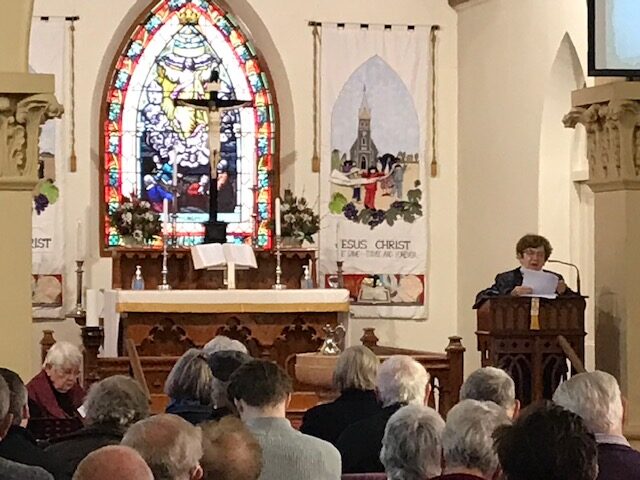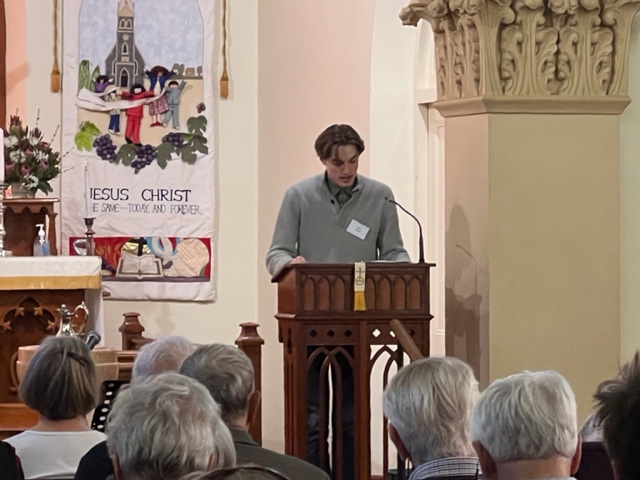History Recalled in Historic Building
by John Clarke
The 130 year old Langmeil Lutheran Church in Tanunda was an appropriate venue for the History Month presentation Trades and Skills of German Settlers in SA: Local Stories. The seminar day, organized by the German Heritage Research Group with the Barossa German Language Association, Lutheran Archives and Friends of the Lutheran Archives, gave the audience, from Adelaide as well as the Barossa Valley, an insight into the various skills the German immigrants brought with them to South Australia.
Even the Lutheran missionaries were more than pastors to their flock. Many, while having received theological training, were not highly educated or academically inclined. They had come from villages where they had worked at the smithy, in the carpenter’s shop or in the fields. And their flock consisted of hard working men and women, and hard working children, who required more than spiritual guidance from their pastors.
Life in South Australia meant adapting to a new environment. Miners from the Harz Mountains in Northern Germany found work in the copper mines of Burra Burra and Kapunda, but they had to work beside Cornishmen with very different working practices. And the distances that had to be travelled were so much greater than had been experienced previously.
Among the first German settlers were the shear women. From their early teenage years girls in Germany’s pastoral areas had learned to shear sheep, and that occupation after their emigration they intended to continue. But their work could not revolve around their home village. Groups of such women travelled from Hahndorf to the Mid North, supplementing their family’s income, shearing thirty sheep a day, and experiencing the hardships of loneliness and separation from those they loved.
Some of the settlers established general stores, selling food, clothing, tools, anything that might be required, but often those they supplied lived many miles away. And so hawkers travelled the rough roads. A hawker might travel from Point Pass north beyond Peterborough and Orroroo or east to the Riverland and over the Victorian border.
The nineteenth century in South Australia was not a time of specialised work. A pharmacist not only provided salves and tonics for humans; they treated animals too. And they pulled teeth. A carpenter not only made furniture. Coffins were always needed, and becoming the local undertaker was a natural progression.
So much of the history of the age can be found in advertisements, and the early newspapers (some in German) that are held in Lutheran and State archives provide a treasure trove for historians and those wishing to discover their family history. The enthusiastic response to the seminar day would indicate interest is high.










